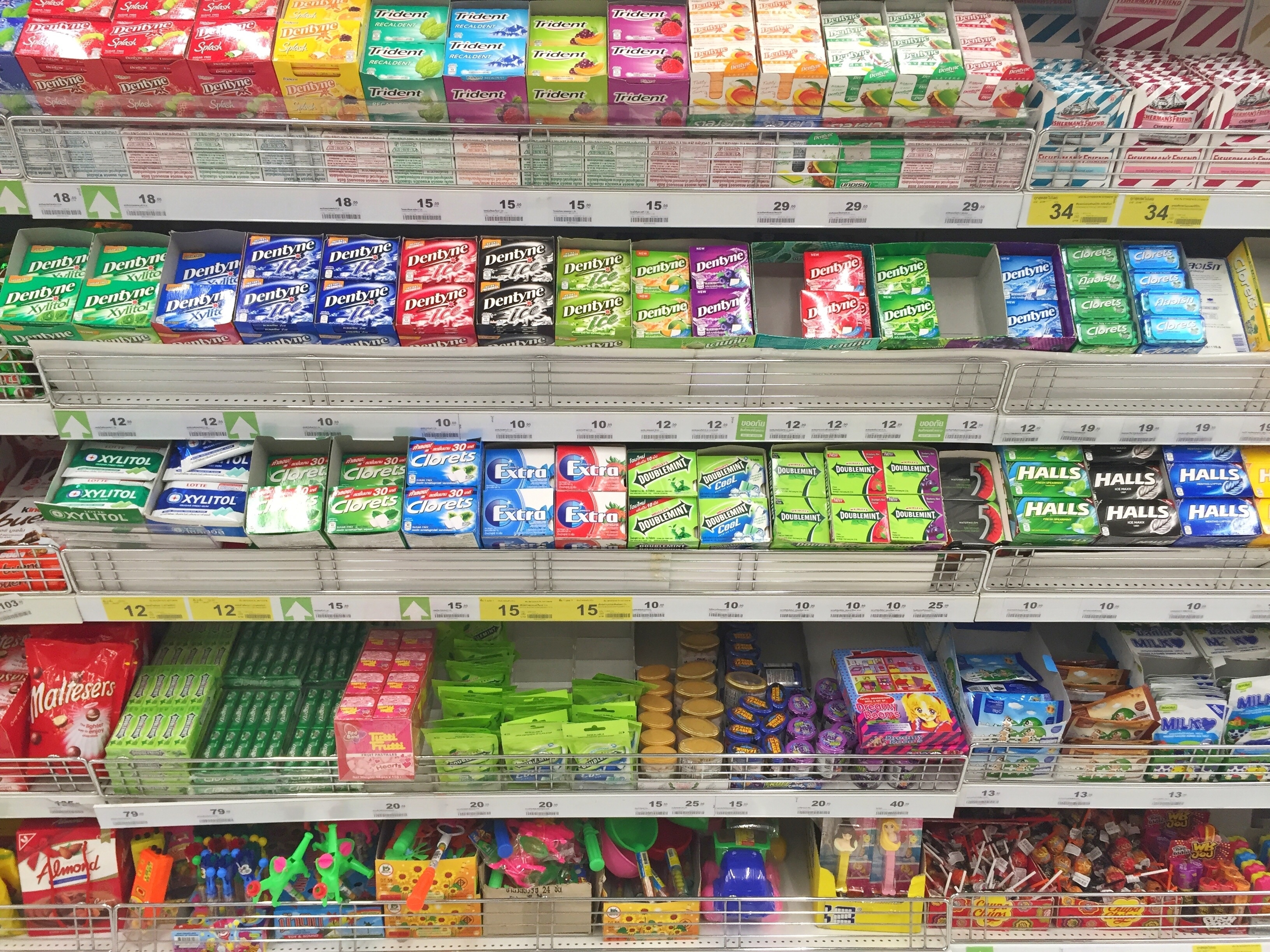Washington - Saba:
A research study has revealed that chewing gum may release hundreds of microplastic particles directly into the mouth, highlighting an unexpected source of microplastic exposure.
The scientific research also indicated that chewing gum made from synthetic rubber may contribute to environmental pollution when disposed of improperly.
This study comes at a time when researchers are increasingly interested in discovering the prevalence of microplastics, which have been found in various places around the world, from mountaintops to the ocean floor, and even in the air we breathe. These particles have also been found in the human body, including the lungs, blood, and even the brain, raising concerns about their potential health effects.
Sanjay Mohanty, the lead researcher of the study, which has not yet been peer-reviewed, said he was not seeking to spread panic, explaining: "There is no direct evidence that microplastics are harmful to human health." He emphasized that the goal of the research was to shed light on a new, previously unstudied way in which microplastics can enter the body: chewing gum, according to Science Alert.
The study, conducted at the University of California, Los Angeles, involved Lisa Lu, a doctoral student, chewing seven pieces of each of 10 different brands of gum. Researchers then conducted a chemical analysis of her saliva, finding that one gram of gum releases an average of 100 microplastics, while some brands revealed that the amount could exceed 600 pieces. The average weight of a piece of gum was about 1.5 grams.
According to the results, a person who chews about 180 pieces of gum per year could ingest approximately 30,000 microplastics.
However, Sanjay Mohanty emphasized that this amount is still much lower than other ways humans are exposed to microplastics, explaining, "Previous research has shown that one liter of bottled water can contain an average of 240,000 microplastic particles."
The researchers explained in the study that the artificial gum sold in supermarkets contains petroleum-derived polymers, which give it its rubbery texture. However, the presence of plastic is not clearly stated in the ingredients list on the packages, and is simply referred to as "gum."
"You won't find any company that clearly tells you that their products contain plastic," Mohanty said.
The research team tested five brands of artificial gum, as well as five other brands labeled as natural, which are based on plant-based polymers such as tree sap. The surprise was that large amounts of microplastic particles were found in both types, according to researcher Lisa Low.
"The results were not surprising," commented David Jones, a researcher at the University of Portsmouth, who was not part of the study. But he noted that some of the plastic particles discovered may have come from other sources in the lab.
He added, "Many people are alarmed to learn that the components of gum are very similar to those found in car tires, plastic bags, and plastic bottles."
Oliver Jones, a professor of chemistry at Australia's RMIT University, confirmed that even if a small number of microplastic particles from gum are swallowed, they are likely to pass through the body without significant impact.
He said, "I don't think you should stop chewing gum just yet."
Aside from the potential health risks, the researchers warned that gum also contributes to environmental pollution, especially when disposed of irresponsibly, such as by dumping it on sidewalks and roads.
In contrast, the National Confectionery Association, which represents gum manufacturers in the United States, issued a statement confirming that the study did not find sufficient evidence to warrant concern.
It added, "Gum is as safe to consume as it has been for over 100 years," noting that all of its ingredients are approved by the US Food and Drug Administration.
The study was submitted to a scientific journal for review and was also presented at the American Chemical Society meeting in San Diego.

| more of (International) |




